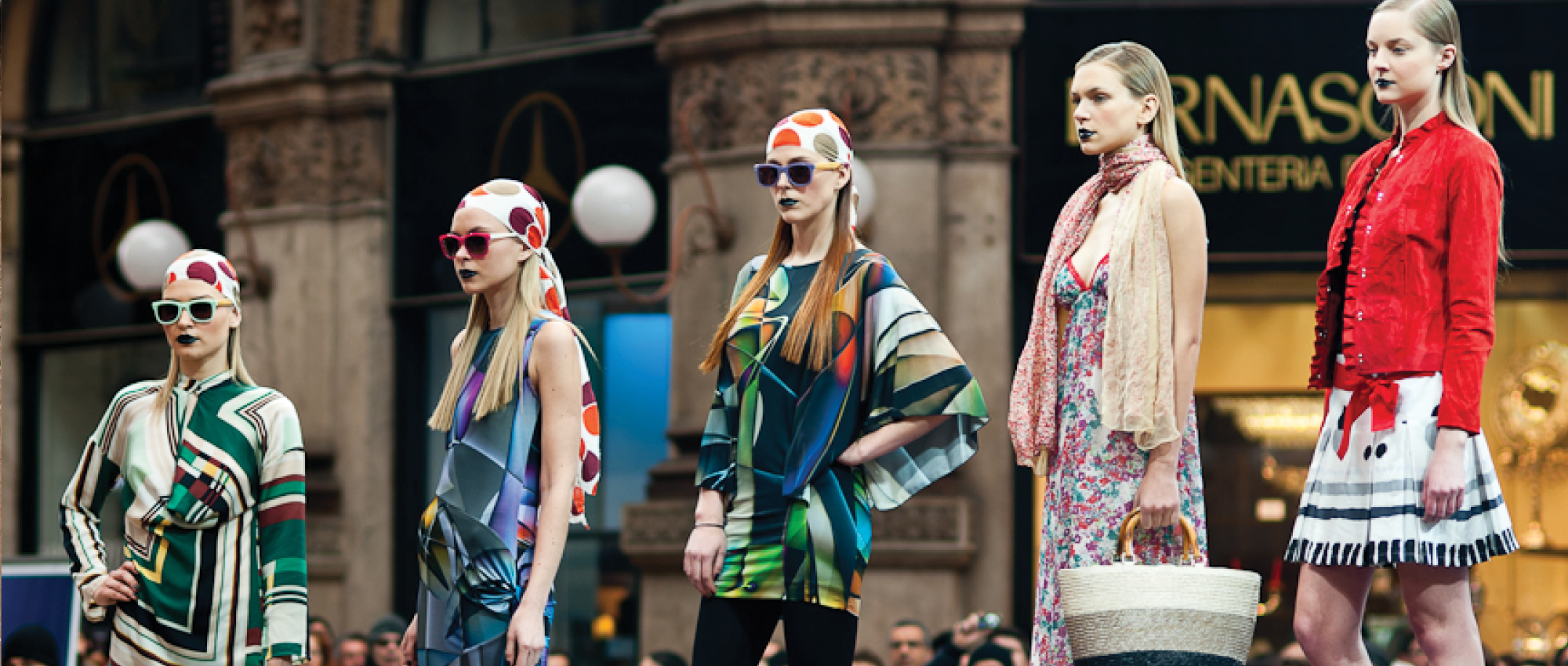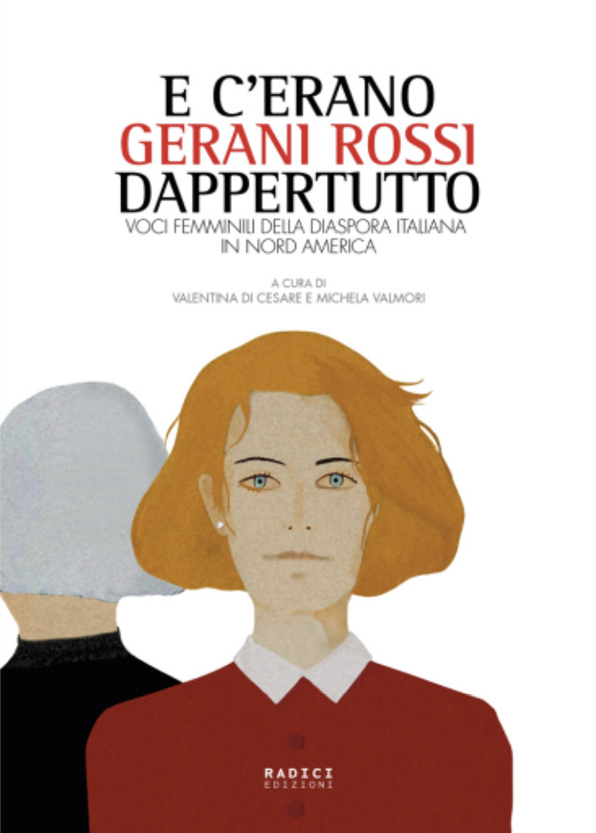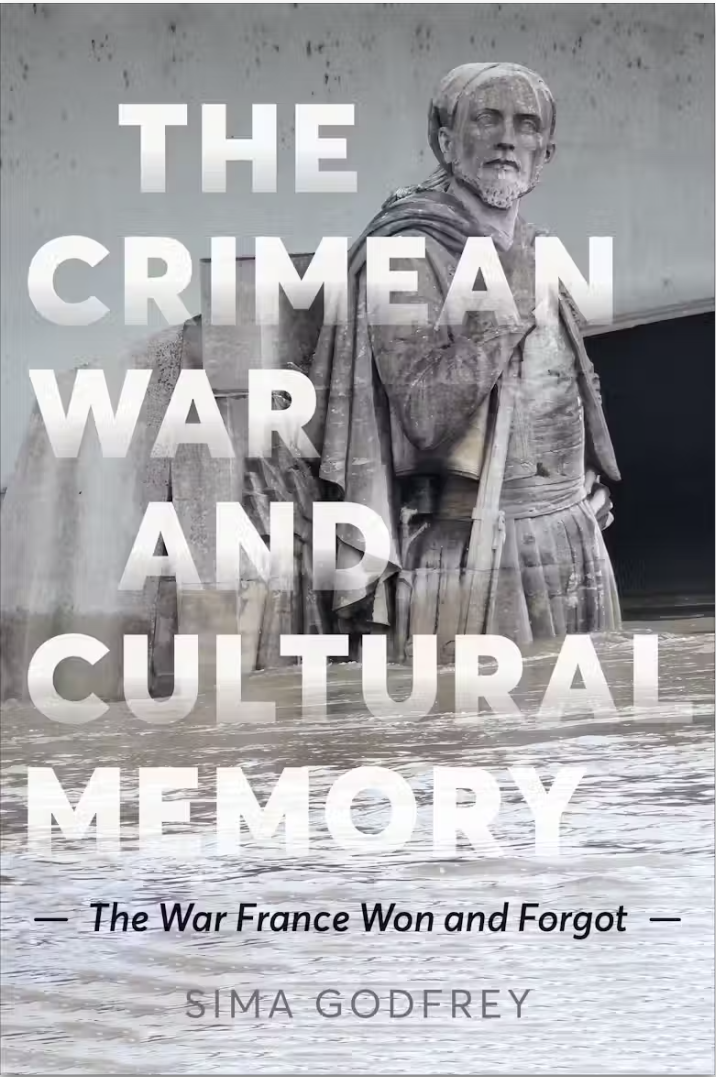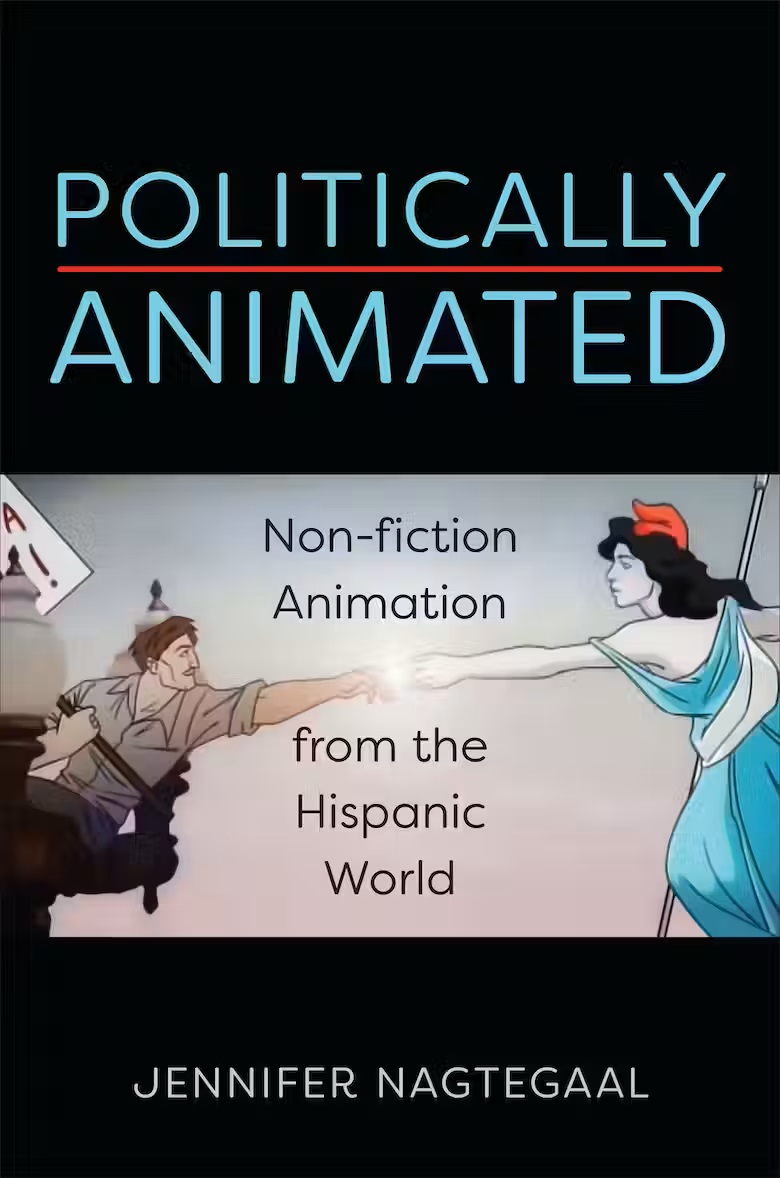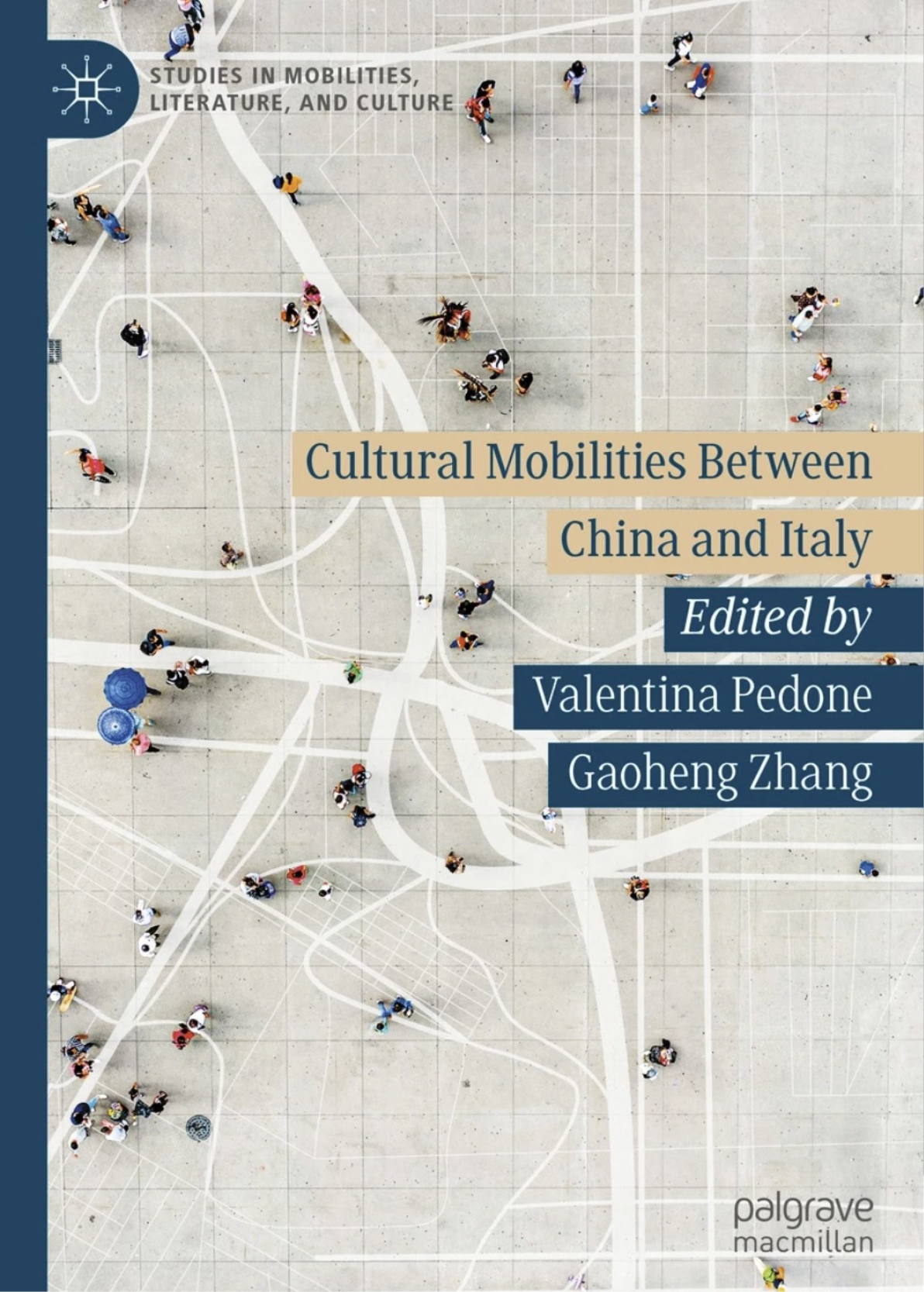Italian Food Cultures
Cross-listed with ITAL380

Italy is world-renowned for its food cultures and Italians put great care into food preparation, consumption, and appreciation. It’s no wonder that Italian food-related themes permeate the country’s cultural life and beyond. This course examines cultural representations of Italian or Italian-derived foods and the role that they play in articulating larger social issues in contemporary Italy, including regionalism, anti-globalization, family history, gender and sexual identities, Italian American food, tourism in Italy, and immigration to Italy. Through studying primary texts such as films and literature, students are encouraged to form a complex picture of Italy’s relationships with food cultures in a global context. Oral presentations, as well as a final project (in the format of a critical essay, a short film, a multimedia project, or creative writing), are the main tools of assessment of learning outcomes. Participation in seminar-style, group discussions in class is essential to developing critical and analytical skills for these assessment activities. The course assumes no prior knowledge of Italian. But it requires a passion for Italian food and culture!
The course is particularly recommended to students at 2nd year standing or higher.
Language of instruction: English
Prerequisites: No prerequisites
Final project: 35%
Prospectus: 15%
Four "Culinary Stories" (improvised oral presentations) and written reports: 40%
Class participation, regular attendance, and professionalism: 10%
Coming soon
